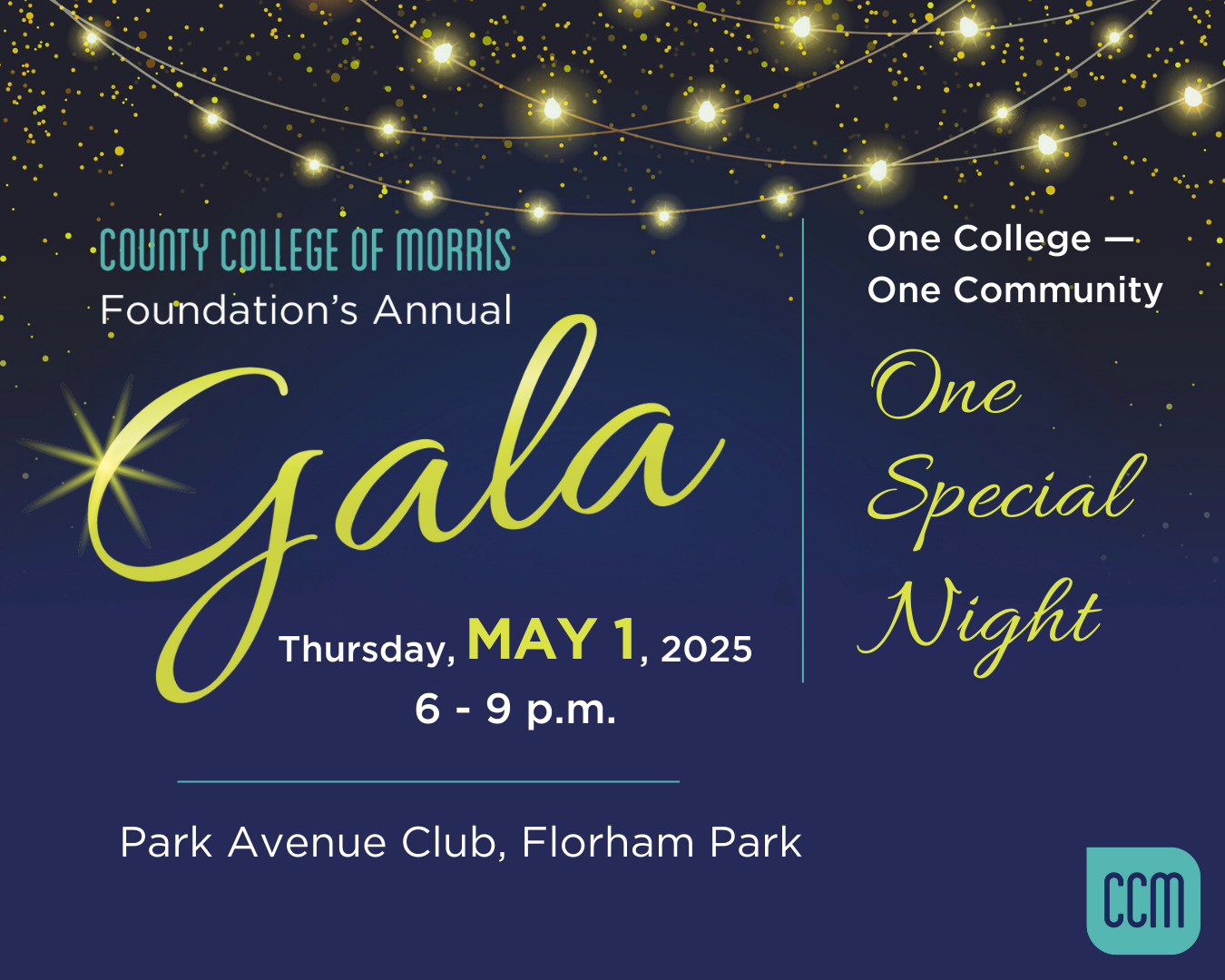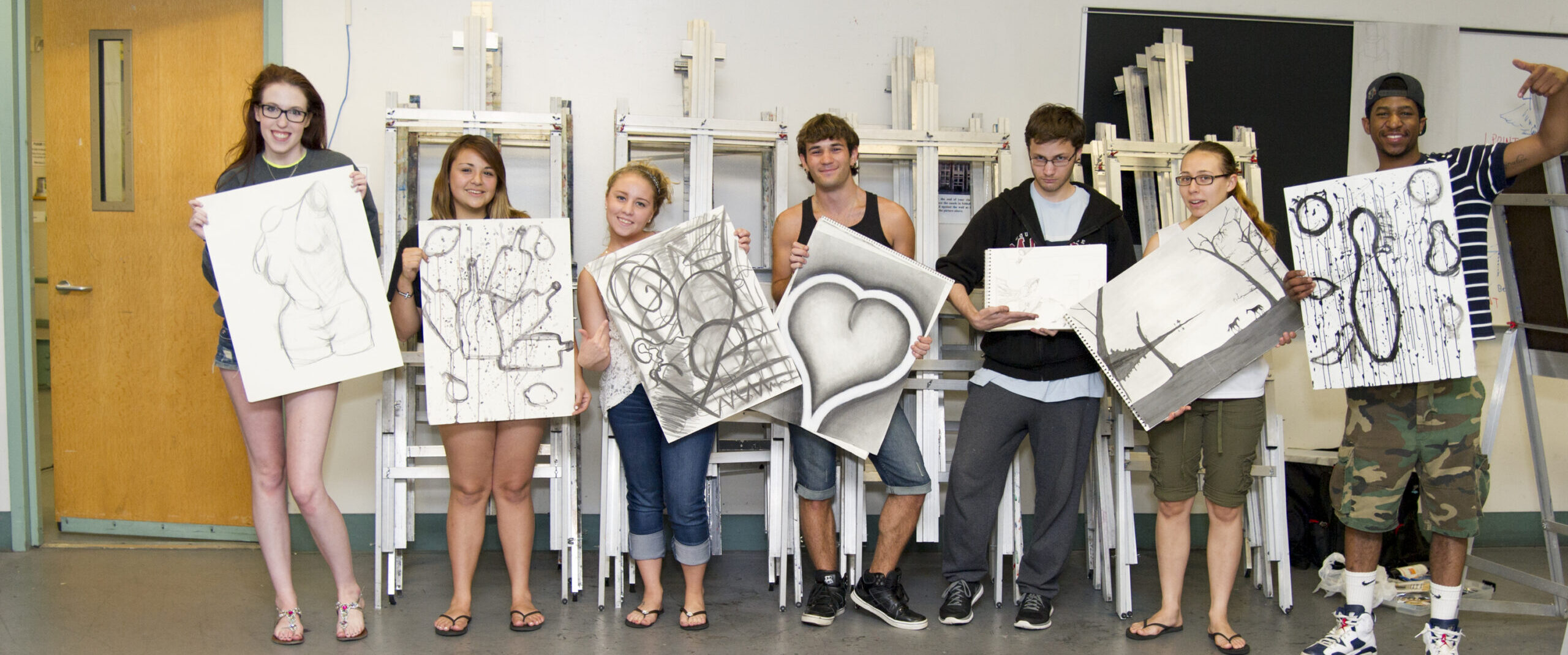What You Will Learn
Studying visual arts offers a profound and versatile foundation for careers deeply intertwined with aesthetics, thoughtful design, creative innovation, meticulous planning, and effective production. Through the Associate of Fine Arts (AFA) in Visual Arts program at CCM you can develop an acute sense of visual communication and aesthetic awareness, skills that transcend specific industries.
Whether you aspire to become a graphic designer, architect, marketer, filmmaker or even a business strategist, you learn how to convey ideas, emotions, and messages through images and symbols, pushing traditional boundaries and expanding upon your imaginative thinking to redefine norms.
With small studio class sizes and a mentoring relationship with faculty, you can create a comprehensive foundation of both contemporary and traditional skills to enter the industry upon your CCM graduation.
If you choose to further your education at a four-year college or university, the AFA in Visual Arts curriculum is designed for the transfer of most, if not all credits to accredited universities, colleges, institutes or schools of art or design to pursue your bachelor’s degree and beyond!
Curriculum
The visual arts curriculum at CCM features a 37-credit core encompassing courses in drawing, 2D and 3D design, color theory, painting, sculpture, ceramics and more. You will also create a design portfolio for your future educational and career needs. This solid foundation enables you to consider advanced study in the areas of studio art (drawing, painting, sculpture, and ceramics), art education, art history, art therapy, design, graphic design and photography.
Careers in the Field
“Don’t ask what the world needs. Ask what makes you come alive and go do it. Because what the world needs is people who have come alive.” ~ Howard Thurman, author, philosopher, theologian, educator, and civil rights leader
An associate degree in visual arts offers excellent preparation for any career rooted in aesthetics, good design, creative thinking, planning and production. Here is a sampling of opportunities awaiting you!
- Artist
- Art Dealer
- Art Teacher
- Art Therapist
- Conceptual Artist
- Framer
- Gallery Owner
- Illustrator
- Museum Curator
- Painter
- Printmaker
- Professor
- Sculptor
- Special Effects Artist
Why Study Visual Arts at CCM?
- Learn from our team of faculty who are nationally and internationally exhibited artists with works displayed in museums, state and local governments, large corporations and the college’s Art and Design Gallery – a cutting-edge facility located in the Sherman H. Master Learning Resource Center.
- Unleash your creative energy on campus in large, open spaces infused with natural lighting, state-of-the-art equipment and comfortable modern furnishings.
- Develop a rich understanding of the visual arts through the intensive study of technique, history, theory, concept and hands-on approaches in studio work for a variety of media.
- Join a club or two! The student-run Art Club welcomes all artists.
- Graduate with an associate degree that enables you to transfer into B.F.A. and B.A. degree programs in fine arts, art education, art therapy, art history, photography, design and graphic design at four-year colleges, universities, schools of design and institutes of art.
Paying For Your Visual Arts Education
Earning an associate degree in visual arts is a powerful investment that will pay off over the course of your life, in both increased earnings and job satisfaction. But what is the upfront cost, and how do you afford it?
There’s good news: Money is available to help you pay for school! Our Financial Aid staff can provide lots of information about the process of finding funds to help pay for your education.
Featured Courses
Drawing I & II
Learn the methods, materials and visual information needed to draw what you see. In the studio, faculty lead you through a series of simple exercises designed to build competence and confidence to complete a sketch book and a portfolio of still life, landscape, perspective and portrait drawings using pencil, charcoal, crayon and ink. Drawing II includes a study of basic anatomy for artists and an intro to drawing from live nude models, both male and female.
Three-Dimensional Design
Through lectures, multimedia presentations and assigned projects, you can use a variety of materials along with planning, sketching and modeling, to learn to understand and control the visual and physical forces inherent in the creation of three-dimensional objects. Complete the class with additional portfolio work and the skillset to pursue further studies in sculpture, ceramics, design (product, industrial, interior, fashion) and architecture.
Animation
Use 3D modeling and animation software to create animated imagery for video and multimedia applications. Software includes 3D Studio Max (3D animation) and Adobe Premiere and AfterEffects (digital video). Through assigned projects, students learn to combine live video and animation with compositing and bluescreening techniques.
Resources
Your Visual Arts Faculty Advisor
Associate Professor
Assistant Department Chair






